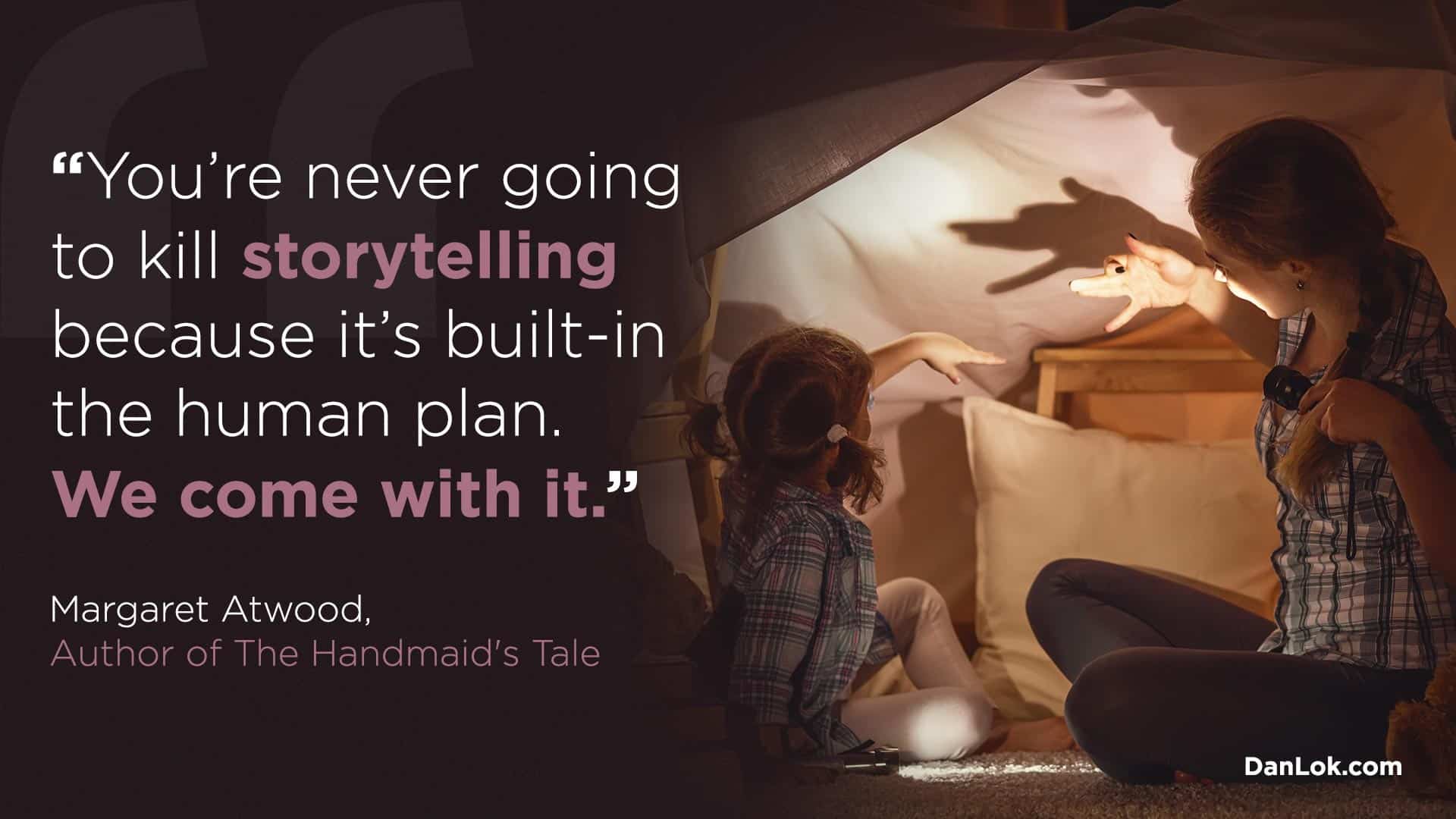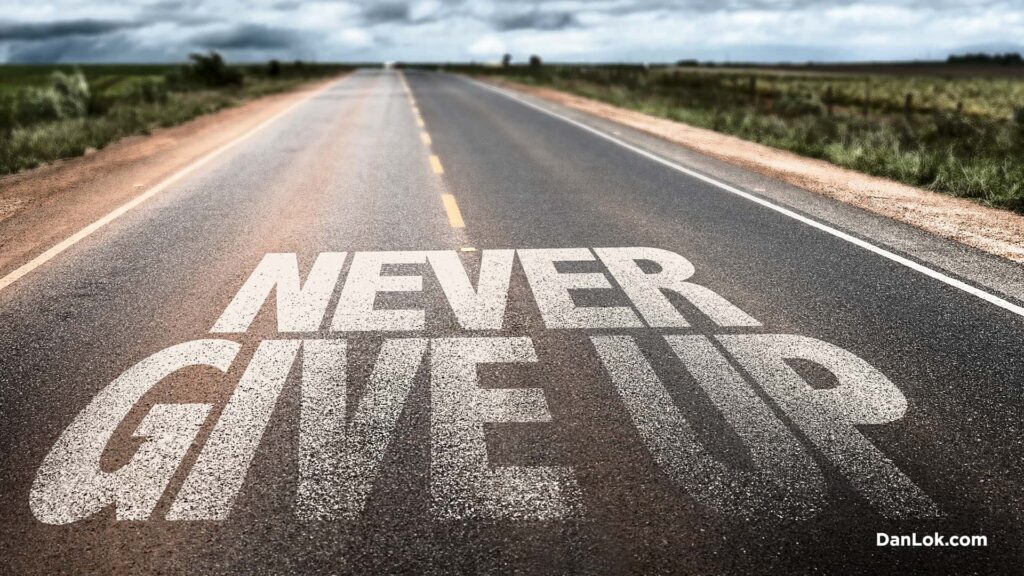There is a prominent myth about business. People think businesses run on huge margins that leave the owners rolling in cash. But that isn’t the case. Margins have to be decent to account for the unforeseen costs of running a business. But they are often smaller than people think.
The hidden costs of owning and operating a business would astound the public. And when it comes to expanding your business, it can be impossible to sacrifice those margins. But you can expand your business without sacrificing your profit margins.
There are a few key things you can do that will need your time but not at a large monetary cost. Or you could trade one cost for another.
These steps will allow you to expand your business while keeping your margins intact.
Ultimately, they will set you on the path to take your business to the next level. You’ve worked hard to get your business where it is. But what got you here will not take you where you want to go.
So you need to learn how to put in place these skills. You will not only better your business but improve your presence in your industry.
The first step to this future is simple: use what you already have.
Expanding Your Business With Tools You Already Have
Why invest in something new if what you have is more than enough? This is the first step to expanding your business without sacrificing margins. You don’t have to create new long-term expenses. Instead, invest your time in evaluating what you already have.
There are two things every entrepreneur with an enterprise has: human capital and a process.
Your human capital is your team and any freelancers or agencies you use. Your process involves what you do to make your product or service happen.
If you operate any business at scale, you have these two items at some level. They helped you get your business to your current level, and they can help you go further.
But they need to be adjusted if you are going to expand your business.

Evaluating Your Human Capital
To expand your business, you need to build a powerful team. When operating a business at scale, your team will represent you to the industry.
You will not be able to have a hand in every part of the process. So every time your team interacts with someone, that reflects on you.
Conquering your industry requires recognizing that your role in the business has changed. Instead of handling day-to-day tasks, you need to operate at a higher level.
You need to focus on your industry.
This is one way to expand your business, but we’re getting ahead of ourselves.
As you are no longer part of the day-to-day operations of your business, you need a high-caliber team. You are most likely operating with a team already. So expanding your business without sacrificing your margins requires examining your team. Ask yourself:
- What is your team structure?
- Could they be more effective?
- Are they driven by your business’s culture?
- Do they represent your best interests?
- Are they costing you money with mistakes?
Being loyal to your team is an excellent trait, but you also need to be loyal to your business. That means acknowledging when a team member is no longer necessary. Or when they are costing you more than they contribute.
Employees are human. They make mistakes and need time to learn. But to maximize growth, reevaluating your team and its structure is important.
Are there people on your team who have hampered your business’s growth?
Or could you encourage your team more to expand your business?
Does your team know you appreciate them through your wellness initiatives?
Is Your Team Happy?
There are several management styles. Knowing yours will help you better understand how you relate to your employees.
If you’re a very people-oriented manager, you may be in tune with your team’s happiness. But you may have difficulty restructuring your team because of your loyalty.
If you’re a more numbers-focused manager, you may not recognize if your team is happy. But you’re ready to restructure for growth.
But all the restructuring in the world won’t expand your business if your team isn’t happy.
Happy employees are more loyal with higher engagement levels. And engagement levels are very significant. A Gallup study showed businesses with engaged employees had 59% less turnover.
Plus a 21% increase in profitability.
Wellness initiatives in businesses are not cheap. But asking your employees how they want to feel appreciated could reveal solutions.
For instance, offer more flexible work hours. Adjusting work hours to fit employees’ lives would not impact your margins. Yet it would increase employee engagement.
It would take time and a process to change the schedule. But there would be long-term benefits.
So investing in your human capital does not only mean restructuring your team. It also means evaluating their happiness.
What are the little things you can do every day in your business to encourage your team’s engagement?
Do Your Employees Have Hidden Talents?
Another way to keep your employees engaged is to take advantage of their hidden talents. Allow them to express what they’re passionate about outside of their job description. Then, use those talents.
Keeping your team small and agile will help your business expand in the future. But that means everyone has to have multi-faceted jobs. While you do need to define those jobs clearly, people will still need to have roles.
So get to know your team. Find out what they are good at.
An accountant might have a knack for photography. Or a salesperson may be a grade-A social media manager.
And that brings us to an important question:
Are you outsourcing work that in-house employees could do more effectively?
There is a time and a place for outsourcing. Some positions need a highly-skilled person who does not need to be employed full-time. For instance, copywriting is often outsourced.
If you are outsourcing and plan to continue doing so, ask yourself this:
Can you outsource more effectively?
Take a look at your external team. Are their services worth what you are paying? Are their offerings effective?
This is part of examining your team as a whole. These contractors are not directly part of your team. But they are a piece of your external team, so they impact your business.
Therefore, you need to see their role in your business.

Evaluating Your Process
The next step is diving into your process. You most likely have many processes. These could include marketing, production, distribution, accounts payable, and more.
These processes all have a few things in common: they take time and they’re powered by something. Whether they are powered by humans or money, they require something to make them function.
Are you making them function?
Are you too involved in each process? Are you personally involved in processes you don’t need to be a part of?
If you truly want to expand your business, you need to delegate effectively. But you need to be sure that your process is streamlined for your team, so they are not wasting their time. Or your money.
Your processes should make use of technology and humans to the fullest extent.
Are You Up-To-Date With Technology?
We live in a world full of constantly changing technology. What was top-of-the-line tech five years ago is now deeply outdated.
When was the last time you examined your technology?
If your last evaluation of your tech was several years ago, it’s time to review your technology. This includes processes from payroll to production to lead acquisition.
Software often makes up the foundation of these processes. Software companies will come up with updates for the software you are using. So make sure to check you are updating your software automatically.
And alternative options or solutions may have become available. So it’s important that you continually research and remain open to ideas.
There will be switching costs. But they may be low in comparison to the switch off.
Or alternatively, you may find an all-inclusive software. If you are using a separate invoicing and bookkeeping system, you could find a service that does both. So you can consolidate your needs into one bundled solution.
Make sure to view your process with an open mind. You might also find ways to streamline by using technology less or differently. Pieces of tech you once considered critical may not be required anymore.
But the key is approaching this evaluation with a very open mind. You need to be ready to change. This includes humans.
Are You Using Too Many Humans?
The process of evaluating your team and your process should happen at the same time. So you will know, when you go through your process, how your team will be impacted.
Because you have to ask yourself a harsh question: are you using too many humans?
Is there something you are paying for that technology could do?
If you are a people-oriented manager, this question will be really difficult to answer. And if you decide to keep people on your team that are doing jobs a computer could do, that’s up to you. But you have to recognize you could more efficiently expand your business in other ways.
One of those ways could be capitalizing on your people-oriented attitude. Not every business can say they are loyal to their employees.
But 87% of employees expect their employer to support their work-life balance. This is a large portion of the population who cares about how companies treat their employees.
So if you are unwilling to replace humans with computers, capitalize on that market.
Acknowledge that you may need to sacrifice some margins. It will not be as fiscally efficient to expand your business. But you do have a market that you can tap into without changing your business.

Expanding Your Business With New Additions
While you can use what you already have, you could also make additions.
Depending on your business, this may involve new investments in people or technology. Replacing older technologies with new ones will create a short-term expense. If you replace technology, you may be able to make the process more affordable.
But the long-term ramifications will save you money.
Hiring someone to help with your evaluation could help, too. It would be an additional expense but with long-term benefits. A fresh set of eyes and open mind could help you identify areas to improve.
But there are other steps you can take to expand your business that involve you specifically.
As we mentioned, your role in your organization has to change to expand your business. If you want to take your business to the next level, you need to invest in your industry.
This is why it is so important you trust your team to delegate to them. And you trust your process to make sure your business is running according to your standards.
Once you have those two factors in place, you will be free to explore your industry further. Take the opportunity to network with your peers and establish yourself as an authority.
Collaboration With Peers
Networking with peers is fundamental to expanding your business. Knowing others in your industry will allow you to better understand your competitors. It will also help you capitalize on best practices in your own organization.
Can you honestly say right now that you know the standards for your industry?
The internet has made researching an industry easy. But nothing will replace gaining wisdom from those who are currently succeeding. That’s why finding the right mentor is so important.
And networking with those in your industry around the world will help you to establish yourself as an authority. What are the benefits of being an authority with a recognizable brand? You will be top-of-mind when they need your services.
But networking with peers extends outside your industry. It includes similar industries or ones with which you work. And if you network correctly, that allows for collaboration. You could find new products or services to offer based on people you connect with.
This is why networking is so important to expand your business. Your business will be able to grow so much more when you keep an open mind to learning from others. Plus, you will give your business opportunities by being open to collaboration.
Networking takes time and social skills but virtually no large investment. It’s an excellent way to give your business opportunities without sacrificing margins.
Are You Networking Correctly?
The internet has given plenty of networking opportunities. LinkedIn is a great example.
But you need to know how to fully utilize the platform.
If you are attending an industry event, find out beforehand who is going to be at the event. Send them a connection with a note about attending the event. That way, at the event, you can re-introduce yourself but with research.
You know their job history, current responsibilities, and projects they’ve worked on. You can determine if collaboration would be a good option.
But even if you are not able to attend events in person, LinkedIn is still a good option for virtual networking.
Don’t be afraid to connect with and message others in your industry. You can respectfully and professionally encourage them in their endeavors and introduce yourself.
Make sure to brush up on the proper way to connect with powerful people in your industry. They are busy professionals, and there is a proper way to go about it.
Even if you aren’t reaching out to others, you should post a few times a week about your own business and projects. If people know what you are doing, they can collaborate. Additionally, you should interact with peers’ posts, so they become familiar with you.

Expanding Your Business Through Networking
Ultimately, to expand your business without sacrificing your margins, you need collaboration. Collaborating has several benefits. Namely, you will establish yourself as an authority in your industry. Plus, you will learn best practices while setting industry standards.
”You have to put yourself in connection with other entrepreneurs who are seeking the same growth as you if you want to expand your business.” - Dan Lok Share on X
Dan Lok’s S.M.A.R.T. Challenge is an excellent example of entrepreneurs coming together to build unbreakable and sustainable businesses and growing their networks at the same time.
The S.M.A.R.T. Challenge is only run a few times each year, and with every challenge, business owners see phenomenal results.
Being a relatively short but impactful implementation program is what sets the S.M.A.R.T. Challenge aside from other business-scaling challenges.

























